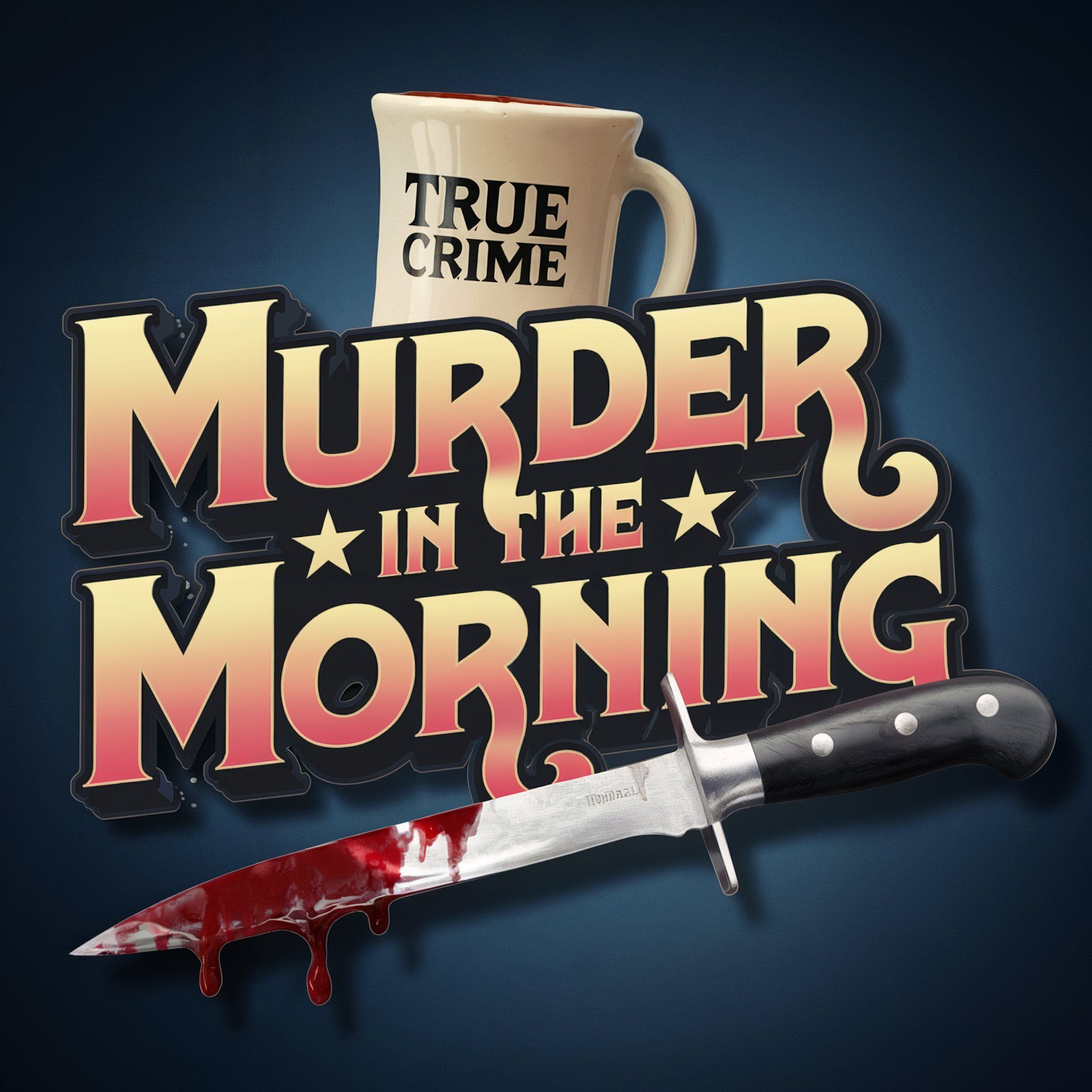From Classroom to Courtroom: How a Knife, a Balaclava, and a College Paper Are Shaping the Case Against Bryan Kohberger

A college assignment written three years before the Idaho murders is now being treated as potential evidence in one of the highest-profile murder trials in the country. Prosecutors in the case against Bryan Kohberger want to introduce a paper he wrote in 2020, titled Crime-scene Scenario Final, as proof that he had extensive knowledge of how to approach a homicide investigation—before he was ever accused of committing one.
This isn’t your average term paper. It’s a 12-page walk-through of a fictional murder scene involving a woman who had been killed with a knife. Kohberger was a grad student at DeSales University at the time, studying criminal justice. And he didn’t just hit the broad strokes—he dove deep.
The paper breaks down a step-by-step protocol for securing a crime scene. He describes how officers should block off the area to prevent contamination, obtain the appropriate search warrants, and immediately call in a supervisor, a coroner, and a forensics team. It’s written with a level of procedural detail that goes well beyond what most people would expect in a class paper.
He also describes the importance of wearing protective gear—gloves, shoe covers, full-body suits—to avoid leaving behind DNA, fibers, or other trace evidence. He specifically writes that “anything that is fiber-free and covers the mouth, hair, and overall body would be helpful in avoiding crime-scene contamination.” That line, in particular, has prosecutors’ attention, given that one of the surviving roommates from the Idaho home described seeing a masked intruder wearing dark clothing—someone who didn’t leave behind any visible trace other than a single knife sheath.
And the paper doesn’t stop there. Kohberger details how to identify and collect evidence: swabbing for biological material, photographing everything before touching it, labeling and packaging each item properly. He emphasizes the critical importance of preserving the chain of custody, writing that evidence must be documented, sealed, and tracked from collection all the way to trial. He even covers how to avoid tampering or accidental transfer of evidence between investigators.
Then there’s a section on canvassing. Kohberger suggests that investigators should talk to anyone who routinely passes by the scene—mail carriers, delivery drivers, neighbors—and establish firm alibis for each of them. He writes, “Where were the neighbors when this happened? Their alibis should be evident and supported.” It’s a sharp line—and when you’re standing trial for killing four college students in a neighborhood where nobody saw it coming, a line like that reads a little differently.
Prosecutors say the paper illustrates a mind that wasn’t just educated in theory but highly attuned to the real-world mechanics of crime scene control and investigative protocol. They’re not saying this document is a confession—but they are framing it as part of a larger pattern. And alongside that pattern, they’re placing another seemingly minor but potentially telling piece of evidence: a receipt for a black balaclava.
That purchase, allegedly made by Kohberger at a Dick’s Sporting Goods in Pennsylvania in early 2022, is being tied to the account of one of the surviving roommates, who told police she saw a masked figure in the house the night of the murders. Prosecutors say the balaclava matches the description of the one worn by the intruder. Combined with the college paper, the DNA on the knife sheath, and Kohberger’s own background in criminology, the state is trying to paint a picture of someone who didn’t just know how to study crime—he allegedly used that knowledge to commit one.
Now, the defense will push back. They’re expected to argue that introducing a school paper as evidence in a capital case is inflammatory, irrelevant, and designed to prejudice the jury. They’ll likely challenge the balaclava link as well, noting that purchasing cold-weather gear in Pennsylvania isn’t exactly suspicious in January.
But with the trial set to begin August 11, every motion counts. Judge Steven Hippler is set to hear arguments on April 9, including whether Kohberger’s diagnosis of autism spectrum disorder could be used to argue against the death penalty, and whether jurors should hear the delayed 911 call placed by the surviving roommates—nearly eight hours after the murders.
Whether the court admits the college paper remains to be seen. But prosecutors believe it says something about who Kohberger was before he became a suspect. And if the jury hears it, those 12 pages might weigh more heavily than any textbook ever should.
#BryanKohberger #IdahoStudentMurders #TrueCrimeUpdate #CriminalJusticeTrial
Want to listen to ALL of our podcasts AD-FREE? Subscribe through APPLE PODCASTS, and try it for three days free: https://tinyurl.com/ycw626tj
Follow Our Other Cases: https://www.truecrimetodaypod.com
The latest on The Downfall of Diddy, The Trial of Karen Read, The Murder Of Maddie Soto, Catching the Long Island Serial Killer, Awaiting Admission: BTK’s Unconfessed Crimes, Delphi Murders: Inside the Crime, Chad & Lori Daybell, The Murder of Ana Walshe, Alex Murdaugh, Bryan Kohberger, Lucy Letby, Kouri Richins, Malevolent Mormon Mommys, The Menendez Brothers: Quest For Justice, The Murder of Stephen Smith, The Murder of Madeline Kingsbury, The Murder Of Sandra Birchmore, and much more! Listen at https://www.truecrimetodaypod.com

